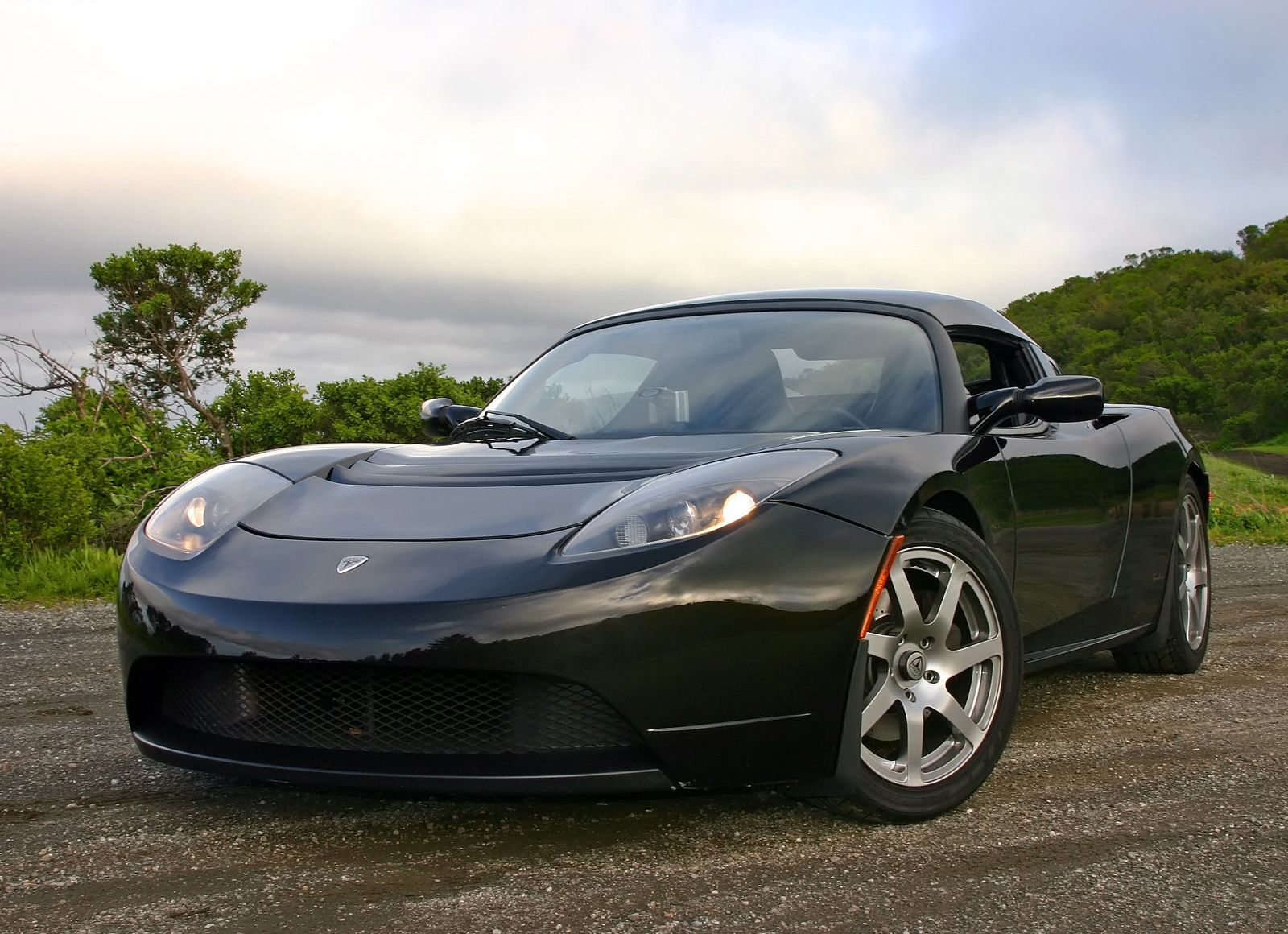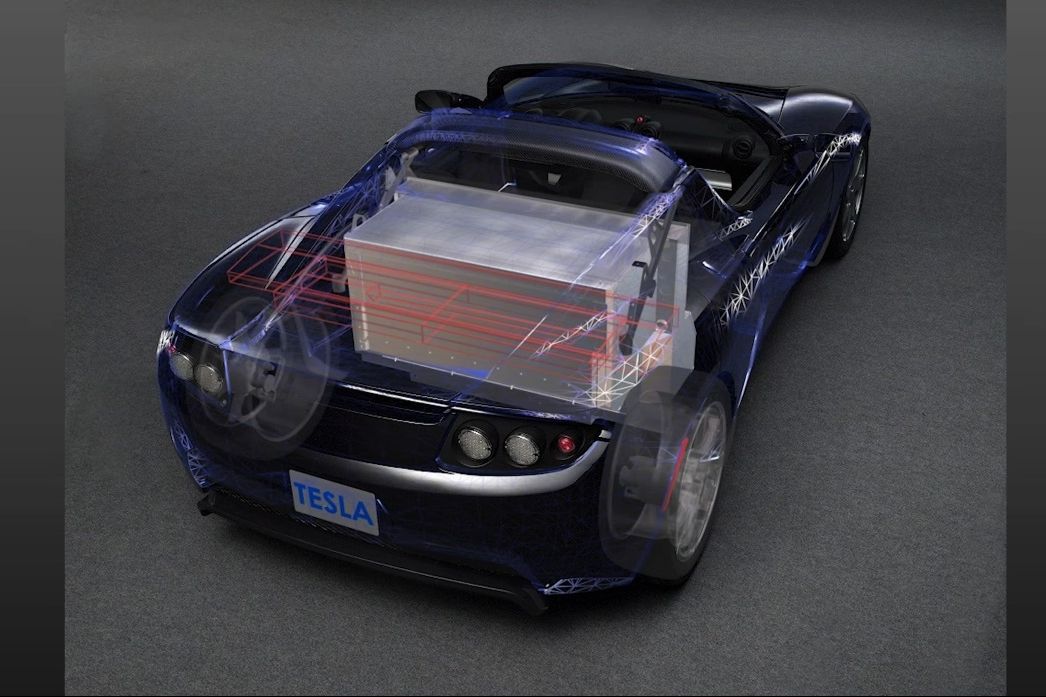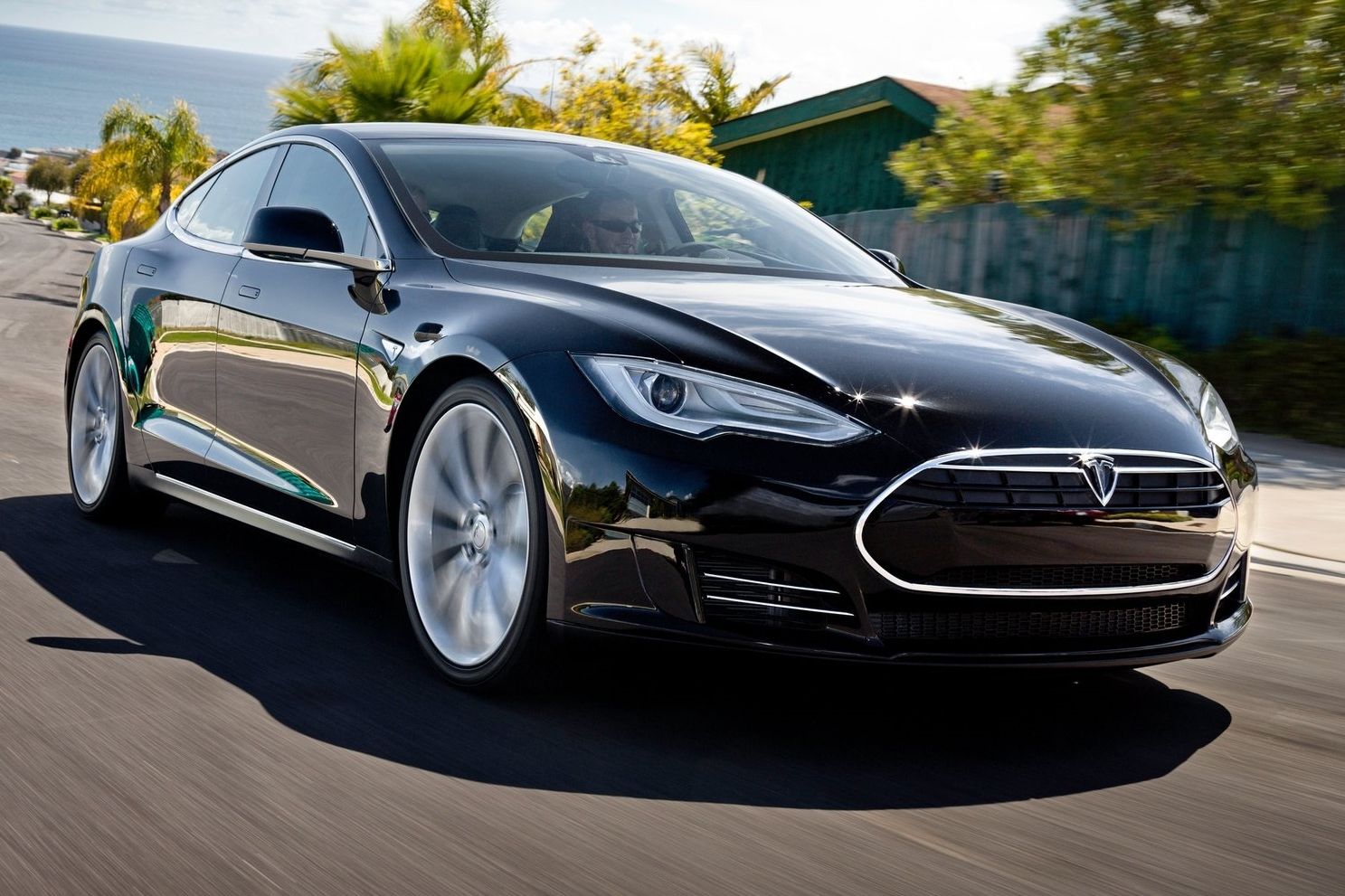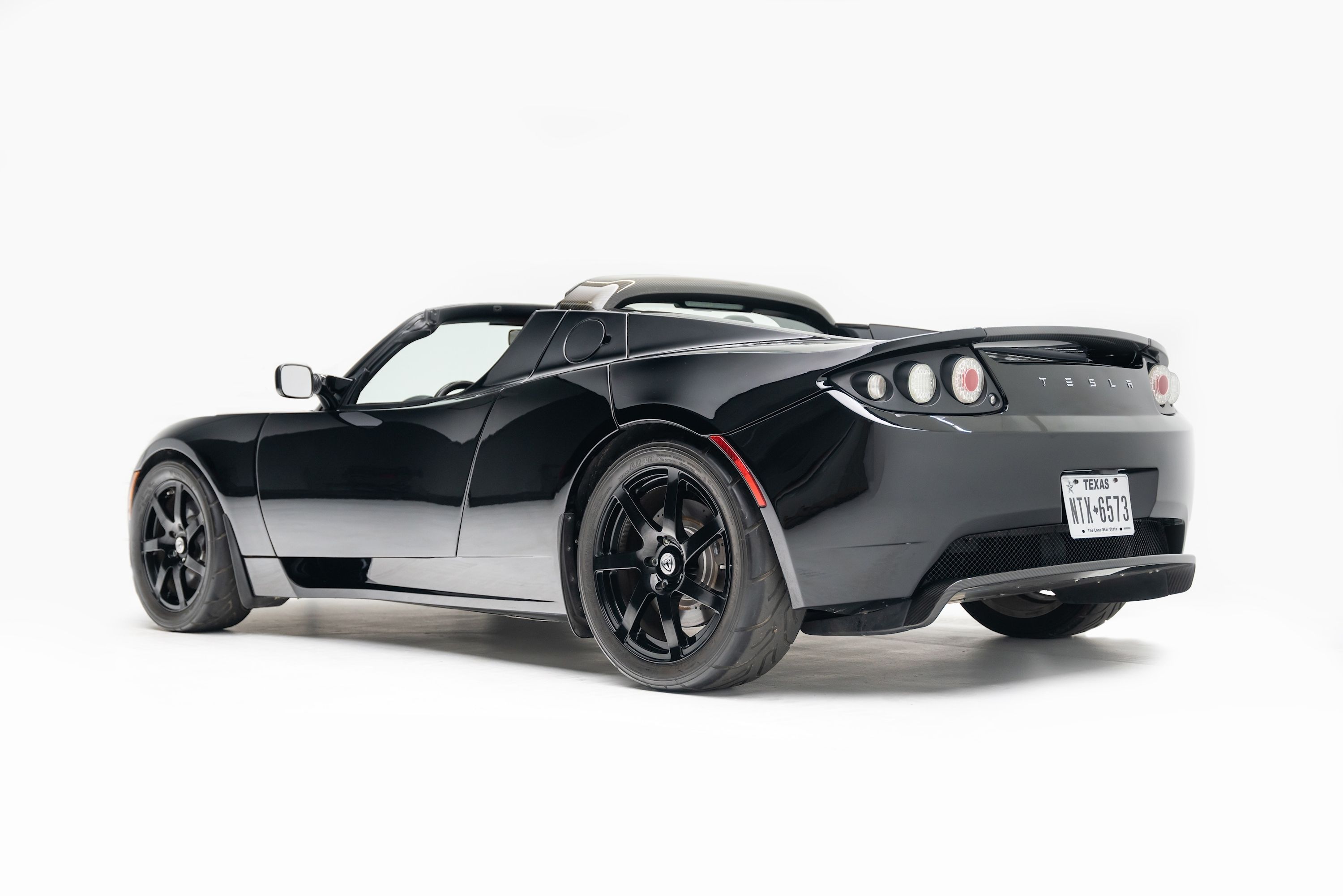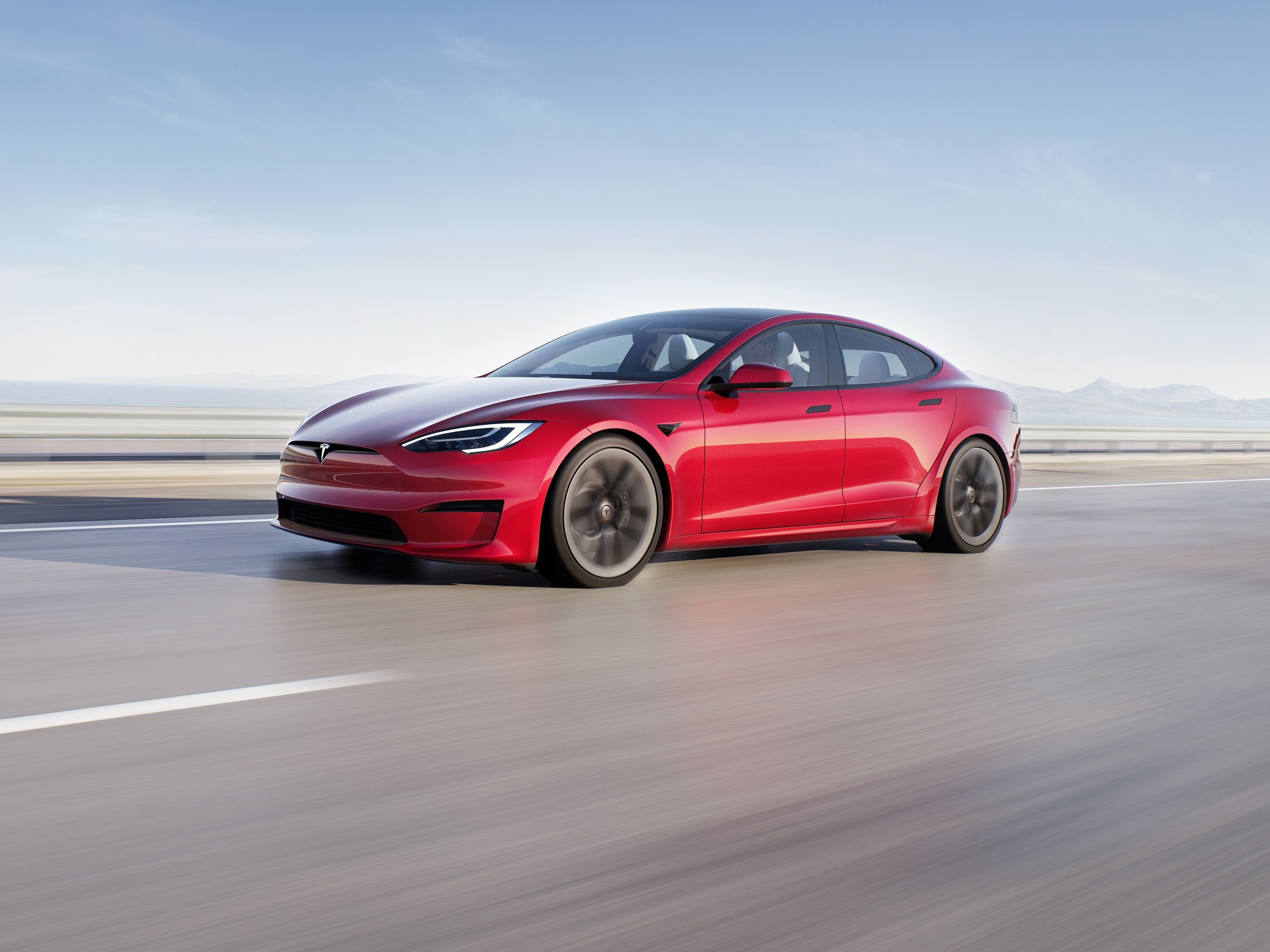
The Tesla Roadster, arguably the world's first interesting EV, is beginning to show signs of severe battery degradation, but not in the way you may expect.
The Gruber Motor Company (hereafter referred to as GMC, not to be confused with General Motor Company), a reputable Tesla repair center that focuses on the original Roadster, has started noticing symptoms of degradation in models equipped with the later 3.2 amp-hour 18650 cells. The Roadster was launched in 2008, and in 2016 Tesla offered an upgrade to the more modern 18650 cells used in the Model S and Model X since 2013, promising double the range of the earlier models for a new claimed total of 400 miles.
The Roadster has been around for 15 years, yet vehicles with the original battery pack have far exceeded the 10-year expectations of the actual brain behind Tesla, JB Straubel (the company's original Chief Technology Officer). The original 2.2 amp-hour cells are still healthy and keep on delivering the claimed 200-mile range, but not the newer ones, now seven years into their lifecycle.
Tesla sold customers on the 18650 upgrade, claiming it would do 400+ miles on a charge. It cost $32,000, which sounds like a lot of money, but not in the context of the price of an original Roadster. Remember, the Roadster cost $100,000 in 2008, which, adjusted for inflation, is $142,500 in 2023. They were toys for the wealthy.
These 2016 packs manifest several symptoms, including a loss of power, the inability to reach 60 mph, and struggling to merge with freeways. Two separate cars displayed these symptoms, and after running multiple diagnostic processes, GMC narrowed it down to the 2016 battery pack. GMC also found several other owners with the same problem, so it's more than just two cars. Other symptoms include a squishy accelerator pedal and a general loss of punch over 30 mph. The situation worsens over a few months until the car becomes undrivable.
After tracing the problem to the newer battery cells, GMC sent one of the models to the local Tesla service center to verify its findings. More on that later.
This is exciting news because we might soon have a clear idea of what the official end-of-life symptoms for early Tesla models are, which will have massive repercussions across the automotive industry. To date, the only indication was a warranty, which is legally mandated by the government. An electric vehicle's battery must be covered for eight years, though automakers set different thresholds for what they define as a failure. This threshold is usually 60% to 70% of battery capacity retained.
The EV revolution arguably started with the Tesla Model S, so it makes sense that the first end-of-life symptoms would come from this model's battery pack.
These are the first signs, but this will eventually happen to all lithium-ion batteries. However, it is concerning that this problem is rearing its head with a later design that was supposed to improve the EV's capabilities.
Once engineers understand how a battery eventually fails and why, they can implement systems to avoid it, possibly extending battery life beyond 10 years. Perhaps these teachings can even be implemented in EVs with solid-state batteries, which will be the next big step forward.
Recycling facilities for batteries already exist, but the unfortunate truth is that an electric vehicle is effectively written off when the battery fails or is slightly damaged. The high cost of a replacement battery is often worth more than 50% of the car's value, leading to near-new vehicles being scrapped.
With a better understanding of how to compose these batteries, manufacturers can produce more efficient and longer-lasting batteries. Early combustion-powered automobiles were not perfect either. For example, engines did not have rev limiters, synchromesh, or suspension bushings and would require regular fixes. With time and experience comes progress and evolution. The same will certainly be true of EVs.
Why are all these later battery packs failing at the same time when they all go through different usage cycles depending on the driver? Gruber Motor Corporation is still awaiting corroboration from Tesla, but its findings suggest that a cell quality issue is to blame. GMC believes these packs were produced from the same cell run lot and would "deteriorate whether in use or sitting on a shelf waiting to be inserted into a pack, which would explain the synchronized failures."
GMC goes on to remind us that this "400+ mile" pack was only offered for less than three years, with production halted due to the pack's failure to achieve its claimed range and "rapid range decline to 200 miles before the pack eventually settled." In 2020, new replacement packs became available for the Roadster.
The video closes with presenter Pete Gruber announcing that Tesla has been very "cooperative and helpful in making the Roadster engineering team available for collaboration" in the process of getting these findings verified, confirmed, and addressed with a solution. We're sure other automakers will be taking note.

